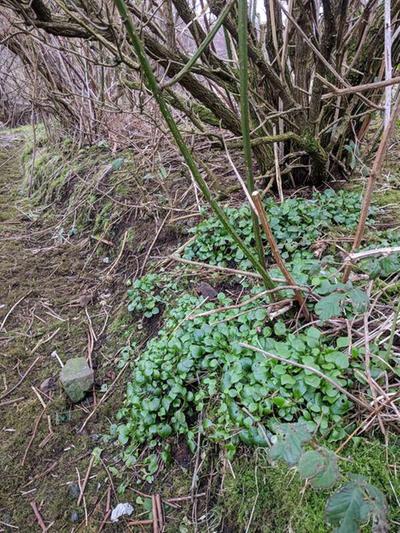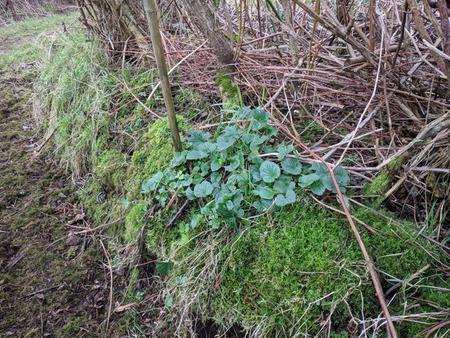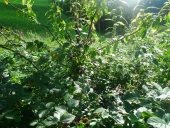
 6
6




SKIP books, get 'em while they're hot!!! Skills to Inherit Property
See me in a movie building a massive wood staircase:Low Tech Lab Movie
 3
3




growing food and medicine, keeping chickens, heating with wood, learning the land
https://mywildwisconsin.org
 5
5




 1
1




SKIP books, get 'em while they're hot!!! Skills to Inherit Property
See me in a movie building a massive wood staircase:Low Tech Lab Movie
 2
2




growing food and medicine, keeping chickens, heating with wood, learning the land
https://mywildwisconsin.org
 5
5




Invasive plants are Earth's way of insisting we notice her medicines. Stephen Herrod Buhner
Everyone learns what works by learning what doesn't work. Stephen Herrod Buhner
 3
3




SKIP books, get 'em while they're hot!!! Skills to Inherit Property
See me in a movie building a massive wood staircase:Low Tech Lab Movie

 4
4




How Permies works: https://permies.com/wiki/34193/permies-works-links-threads
My projects on Skye: The tree field, Growing and landracing, perennial polycultures, "Don't dream it - be it! "
 4
4




My tree nursery: https://mountaintimefarm.com/
 5
5




"The world is changed by your example, not your opinion." ~ Paulo Coelho
 8
8




A build too cool to miss:Mike's GreenhouseA great example:Joseph's Garden
All the soil info you'll ever need:
Redhawk's excellent soil-building series





 4
4








Mike said, "Turk's cap: Looks like there are some very different plants all using this name?
Invasive plants are Earth's way of insisting we notice her medicines. Stephen Herrod Buhner
Everyone learns what works by learning what doesn't work. Stephen Herrod Buhner
 2
2




 7
7




 4
4








SKIP books, get 'em while they're hot!!! Skills to Inherit Property
See me in a movie building a massive wood staircase:Low Tech Lab Movie





Marisa Lee wrote:orange hawkweed and it’s a pain
 2
2




Christopher Weeks wrote:
Marisa Lee wrote:orange hawkweed and it’s a pain
What's bad about hawkweed? We have it in huge swathes of orange and yellow (some of the oranges are so deep I'd call them red) and they're super-pretty. I might call it a problem if I was trying to hay the field because it's pretty competitive at the ground level and doesn't send much biomass up the 18" or whatever that the blooms grow. I love that it's competitive with grass.
Also, this thread is great!
growing food and medicine, keeping chickens, heating with wood, learning the land
https://mywildwisconsin.org
 1
1




You can tuck cucumber seed in and let it crawl
sow…reap…compost…repeat












 4
4






How Permies works: https://permies.com/wiki/34193/permies-works-links-threads
My projects on Skye: The tree field, Growing and landracing, perennial polycultures, "Don't dream it - be it! "

| I agree. Here's the link: http://stoves2.com |






